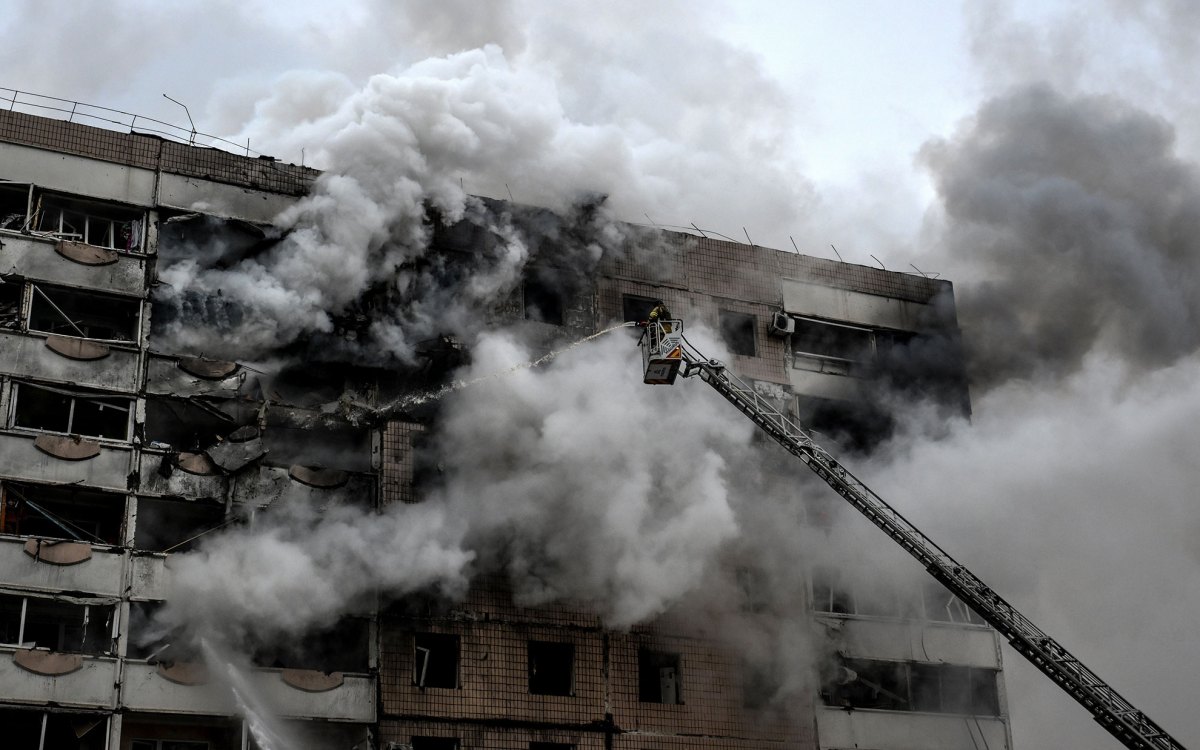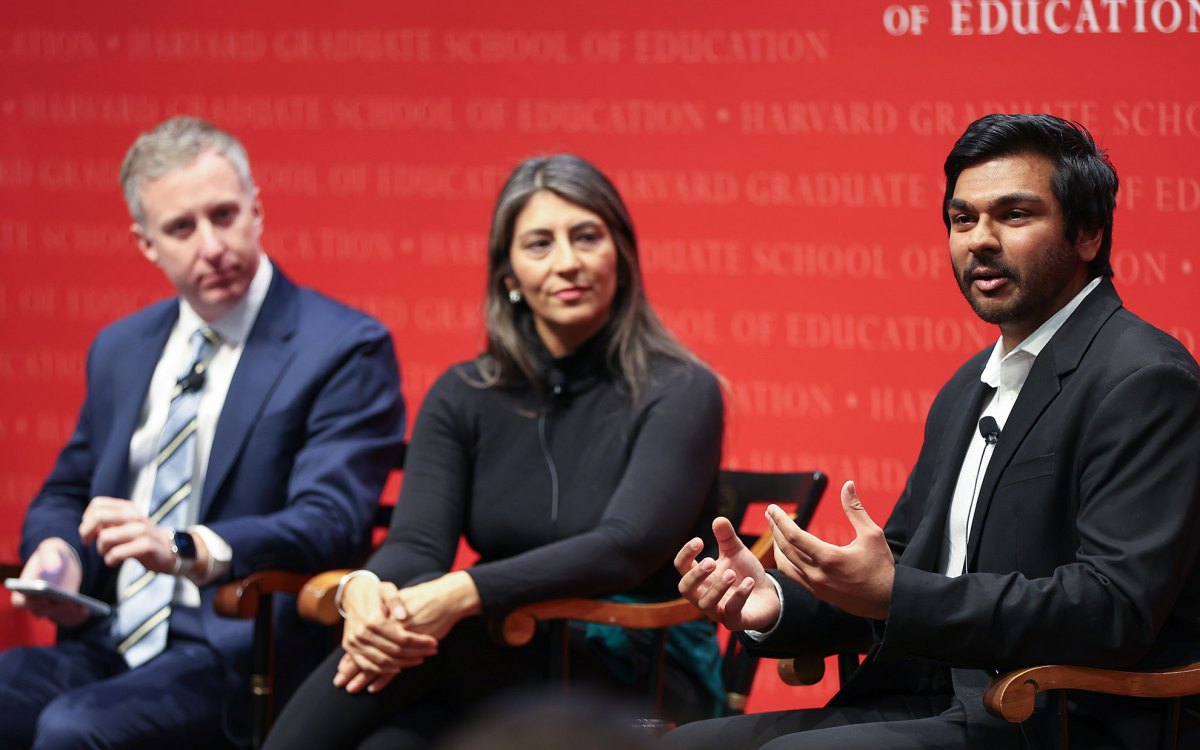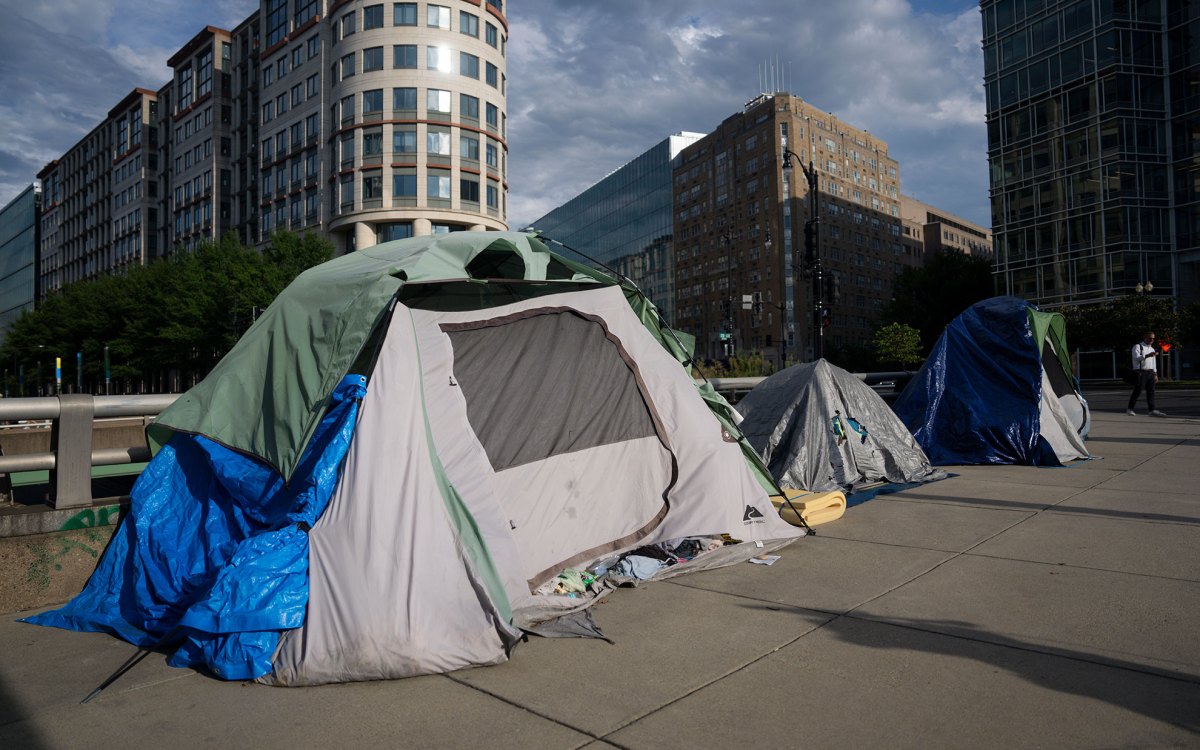Punitive damages
Q&A on the economic and social costs of rising U.S. incarcerations, despite dipping crime rates
The Hamilton Project, an economic policy initiative of the Brookings Institution, published a memo earlier this month that highlighted the economic costs of crime and incarceration in the United States.
While crime rates have fallen 45 percent since 1990, the memo said that the incarceration rate is now at a “historically unprecedented level,” jumping 222 percent between 1980 and 2012. An African-American man who never graduated from high school has a 70 percent likelihood of being imprisoned by his mid-30s; for similarly educated white men, the rate is about 15 percent. And the United States imprisons at a rate six times greater than most peer nations, including those of the European Union, Japan, Israel, and Mexico.
The U.S. Department of Justice announced rules last month that would give the Obama administration wider latitude to extend clemency or reduce sentences for drug-related prisoners who don’t present a threat to public safety. In addition, the U.S. Sentencing Commission voted unanimously in April to reduce sentencing guidelines for certain nonviolent criminals, a move now before Congress that could go into effect Nov. 1 if lawmakers don’t take any further action.
Ronald S. Sullivan Jr. is a clinical professor of law and director of the Criminal Justice Institute at Harvard Law School. The program focuses on criminal practice, education, and research, and hosts a teaching clinic for third-year law students to represent indigent criminal defendants in local and juvenile courts. Sullivan spoke with the Gazette about racial and national sentencing disparities, the economic and social costs of mass incarceration, and the sentencing reforms now under consideration.
GAZETTE: According to the memo, while the overall crime rate fell 45 percent between 1990 and 2012, the rate of imprisonment has spiked 222 percent between 1980 and 2012. What’s behind this disparity? Is that strictly the result of policy decisions like mandatory minimum sentencing, repeat-offender laws, and the growth in for-profit prisons? Or are other factors at work?
SULLIVAN: That’s certainly a big piece of it. … policy decisions in respect of mandatory minimums drive the huge incarceration rate. But there are other factors as well. What those factors are is the subject of a lot of academic debate nowadays. And to be honest, we’re not exactly sure what it is. We do know that on a per-capita basis the U.S. incarcerates more people than any country in the world, including Rwanda, Russia, Cuba, all of the places one does not associate with a robust tradition of liberty. And that’s in many ways shocking.
The theory would be … with the high rates of incarceration that the crime rate would go down and then that would be followed by less incarceration because there just wouldn’t be as many crimes committed. But those numbers have gone in opposite directions. Mandatory minimums simply don’t explain all of it. Part of it, at least I think, has to do with selective law enforcement — the over-policing of certain neighborhoods, particularly minority neighborhoods and poor neighborhoods. That is to say, if police are there and looking for crimes, and over-police certain neighborhoods, you’re going to produce more defendants in particular areas. And if the populations are drawn from poor populations, they’re unable to afford to be released on bail, they’re unable to afford good lawyers, and studies show that if you’re not released on bail you tend to stay in jail after sentencing. An unfortunate reality of the United States is that far too often the justice you receive is a function of how much money you have.
The prison-industrial complex is also an important factor. It doesn’t take an economist to know that if … you make your money by people going into prison, then there’s going to be higher incarceration rates. So I think that certainly plays a role as well.
GAZETTE: What are the areas of debate among scholars?
SULLIVAN: One explanation has to do with the United States’ articulated goals of punishment. Back in the ’70s and before, rehabilitation was an articulated goal of the criminal justice system. The Supreme Court has said clearly now rehabilitation is no longer a penological goal. We look at incapacitation, we look at deterrence, and we look at retribution as goals that the penal system serves. When you take rehabilitation out of the mix, then that de-incentivizes the system from having shorter sentences because there’s no longer an affirmative goal of reintegrating people meaningfully back into the community. That’s one of the things that scholars argue drive up the incarceration rate.
The other has to do with our system of elected judges in most states. Judges who are elected, the argument runs, respond to democratic pressures. We live in a political economy where people think that more and harsher punishment is better, even though most competent data suggests that longer sentences, after a certain point … make people worse as opposed to making them better. But you have democratically elected judges who respond to the will of the people, and if that will is for longer sentences, no matter how misinformed, then judges oftentimes acquiesce to those pressures.
The other issue has to do with legislators. It, again, has to do with the political economy in which we live. With this mantra of being “tough on crime,” legislators essentially race to see who can draft legislation with the harshest, longest penalties. I think that legislators don’t believe that prosecutors will attempt to enforce the most harsh provisions of particular laws, and in that sense, from the vantage point of the legislator, it’s sort of a win-win situation: They can get the political credit for drafting an incredibly harsh law, but not really have to deal with the effects because the notion is the prosecutor will sort it out and will recommend a fair sentence. That assumption, though, just hasn’t really been borne out in reality.
GAZETTE: The current incarceration gap between white men and African-American men is particularly striking. Does that figure surprise you, and what accounts for this gap? Is access to justice a factor?
SULLIVAN: The figure does not surprise me, and it is unfortunate that the figure does not surprise me. The figure reaffirms that race insinuates itself into almost every aspect of our life still, and it has a particular salience in the criminal justice system. … Here we see the effect of over-policing much more dramatically. In our culture, unfortunately … blackness is seen as a proxy for criminality. So the same or similar conduct engaged in by a person of color is seen through a lens that views that conduct as criminal, where others simply are not taxed in the same way.
I would suspect if someone did some sort of empirical study of underage alcohol use on a college campus versus underage alcohol use in some section of Roxbury or Dorchester … I would suspect that there would be at least as much alcohol consumption on college campuses as in the sections of Boston that I mentioned. But the question has to do with the way in which laws are enforced. Whereas on a campus like Harvard, for example, the authorities may use their discretion to pour out the beer or issue a warning or that sort of thing, young black men are arrested. So you can have very similar conduct that occurs among different racial groups, but the effect of the conduct is quite different in terms of the way in which the authorities deal with it. … And that’s an indication of the power that the police officers have, the discretionary authority that police officers have. In most cases, they can choose to arrest or not arrest … can choose to put them in the car and take them to their parent’s home and say “stay out of trouble,” or take them downtown and put them into the criminal justice system. The startling statistics you noted suggest that discretion is rarely exercised in a way that favors African-American young people.
Access to justice is huge. The law, with respect to the ineffective assistance of counsel, is laughably poor. What constitutes constitutionally adequate representation is … embarrassingly low. … Contrast that to a well-heeled law firm representing somebody. More times than not, that person will get a much better result than a poor person who does not have access to quality representation.
GAZETTE: The costs of mass incarceration appear to be felt most acutely by African-American children. The memo reports that children of African-American men who never graduated from high school have a 50 percent chance of seeing their father in jail by age 14, which often leads to immediate and long-term financial, emotional, and educational hardships. What needs to happen to make things equitable for these children?
SULLIVAN: Sentencing reform would go a long way, and the data you mention is important because it takes into account the collateral effects of the criminal justice system. It’s not just the sentence itself, but it’s all these other collateral matters that negatively impact the lives of family and loved ones. In addition to family instability and economic instability and the symbolic significance of seeing a parent in jail, there are all sorts of other collateral issues that arise from convictions. For certain types of convictions, one can no longer live in government-subsidized housing, so now your once-home is threatened, and it’s not just the individual, but it’s anybody living in the home. I could tell you any number of stories where a grandson is living with the grandmother, and the grandmother is threatened with eviction because of drug arrests from a grandson.
There’s the issue of Pell grants: People convicted of certain crimes are no longer eligible for a Pell grant, so if someone were to be rehabilitated and wanted to go to college, then it becomes very difficult if not impossible to afford it. There are all sorts of immigration consequences depending on one’s status, and just general employment problems, as well. In Massachusetts particularly, there has been a recent move for CORI reform. CORI is the acronym that deals with a person’s criminal record. When employers are looking at the CORI and see a criminal record, even if a case is ultimately dismissed or the defendant found not guilty, it still prejudices them on the job market, so there are numerous collateral consequences to involvement in the criminal justice system. Sentencing reform would go a long way to mitigating the impact of some of these collateral consequences.
But there also has to be a general rethinking of how we police in America. I would hope that we could get at some of these issues prior to people getting into the criminal justice system, so we should begin to think much more seriously about being smart on crime and not just being tough on crime. We should think about pretrial diversion programs to move people away from the criminal justice system prior to a case being opened against them that could haunt them for many, many years to come. We should think seriously about expunging records after a person has been outside of the criminal justice system with no contacts for a reasonable period of time. One prior contact shouldn’t continue to exert these negative pressures on their job prospects and living prospects and so forth.
We have to begin to think much more creatively about the education system. The correlation between under-education and criminal involvement is such that we can’t ignore it. If we are providing our young people with better educational opportunities, then that’s going to lessen the likelihood that they’re going to see the various criminal enterprises as a way to get out of their economic predicament. It’s got to be a multifaceted approach, but I’ll be happy to start with sentencing reform. That would go a long way.
GAZETTE: The U.S. incarceration rate is six times higher than 115 high-income peer countries. Why are we so out of sync with the rest of the world?
SULLIVAN: I would go a little further. Not only is the United States an outlier with respect to our peer countries, we’re an outlier with respect to all countries, and that is a scary thought. The crime rate in the United States simply doesn’t justify that outlier status. In many ways, it is the $64,000 question — why we are like that — and I don’t know that I’ve got the perfect answer except to say it’s a complex of factors that include sentencing policy, income inequality, and the heterogeneous nature of the United States.
And that last element manifests itself in disparate treatment … including the criminal justice system. It’s this complex of factors that have worked together in a very nefarious kind of way to produce a result that should make us as Americans embarrassed. We certainly like to stand alone in many respects, but I don’t know if we want to be in the company of Russia and Cuba and [North] Korea in terms of the harshness of our punishment.
GAZETTE: Following the decision by the U.S. Sentencing Commission in 2011 to reduce the required penalties for crack-related crimes, there have been a number of proposed policy changes in the works. What effect are they likely to have on reducing mass incarceration, and what else needs to be done?
SULLIVAN: The sentencing commission has done some wonderful work in terms of reducing the disparity between crack cocaine and powder cocaine. There’s still no proposal from the commission to make it 1:1, but rather, they’ve endeavored to reduce the disparity. And in reducing the disparity, you will see some significant results, in terms of people won’t be in jail for these extraordinarily long periods of time for quantities of crack that are similar to what people possess who use powder cocaine. That’s definitely going to have a positive impact. But even more of an impact will be the attorney general’s new clemency policy that was announced a couple of weeks ago. Here’s a way where the executive … is saying, even if the legislature is not going to … treat similarly situated felons and misdemeanants the same, then the executive will use its constitutional authority to right the scales. … That’s going to have a dramatic effect, I predict, on incarceration. This only applies to people convicted under federal law, but it will go a long way to getting a lot of deserving people out of jail.
[As for the amendment now before Congress by the U.S. Sentencing Commission to reduce sentencing guidelines on certain nonviolent drug criminals, which would automatically go into effect Nov. 1 barring further legislative action], you see politics at play here because in this way the Congress feels protected in that they don’t have to affirmatively vote to reduce anything, but rather they can just do nothing and it will happen. I’ll take that as well.




